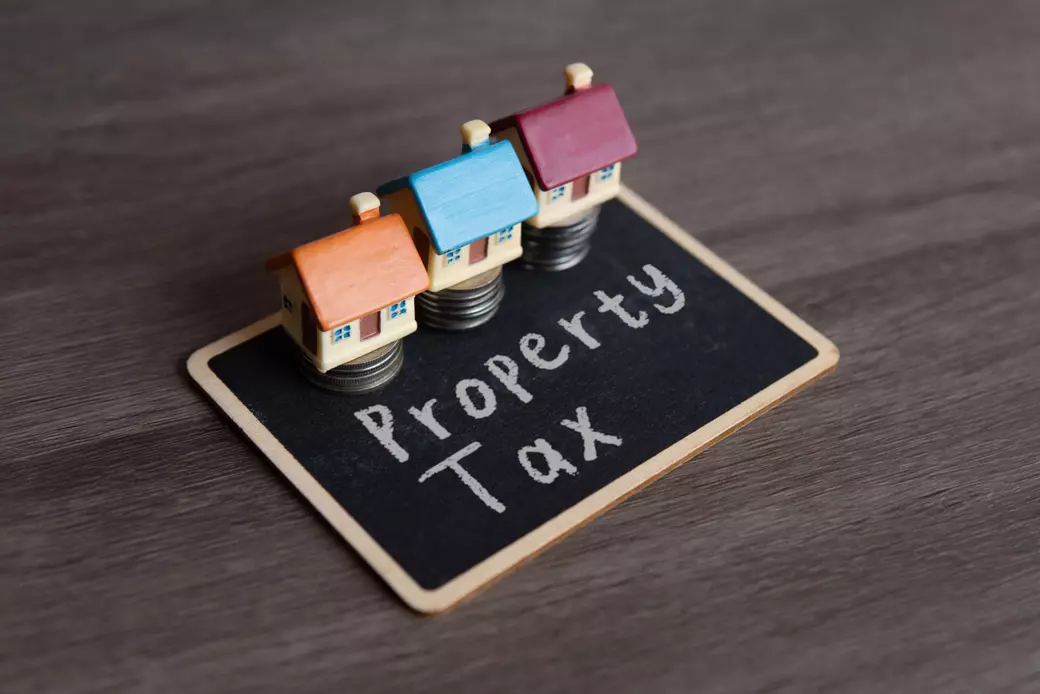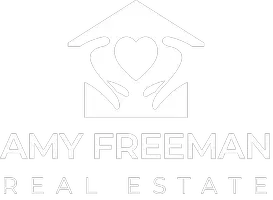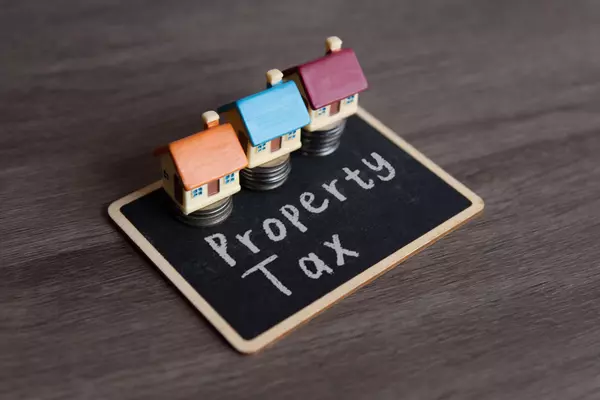How do property taxes work in New York State

New York State is known for its vibrant real estate market, offering a plethora of opportunities for buyers and investors alike. However, before diving into the world of property ownership, it's important to understand how property taxes work in this state. With this in mind, let's explore the intricacies of property taxes in New York State and unravel what buyers and investors should keep in mind.
One crucial point to note is that we will specifically concentrate on New York State, excluding New York City. The property tax system in New York City differs significantly from the rest of the state, with its own set of rules and regulations. Thus, it's important to focus on the unique dynamics of the state beyond the bustling cityscape.
Property taxes in New York State are calculated based on a property's assessed value and the corresponding tax rate. The assessed value is determined by local assessors who evaluate the property's worth. It's important to note that assessed value does not necessarily equal market value, as it may not reflect current market conditions accurately.
Each municipality within New York State has the authority to set its own tax rate. This means that property taxes can vary significantly from one locality to another. As a result, it's crucial for buyers and investors to research and analyze the property tax rates in the specific areas they are interested in.
For buyers, understanding property taxes is essential, as they directly impact the overall cost of homeownership. When budgeting for a new home, it's important to consider property taxes as an ongoing expense. Higher tax rates can significantly affect your monthly mortgage payment and overall affordability. It is advisable to consult with a real estate agent or tax professional who can guide you through the potential tax implications of your purchase.
Investors, on the other hand, should carefully evaluate the property tax landscape before making any investment decisions. High property taxes can eat into your potential rental income, reducing your return on investment. Conversely, areas with lower property taxes may present more favorable investment opportunities. It's crucial to strike a balance between potential rental income and property tax expenses to ensure a profitable investment.
In New York State, there are a few property tax exemptions and programs that buyers and investors should be aware of. One such program is the Basic STAR (School Tax Relief) exemption, which provides a reduction in property taxes for owner-occupied primary residences. Additionally, there are exemptions available for veterans, seniors, and individuals with disabilities. These exemptions can provide significant tax savings and should be explored when considering homeownership or investment in New York State.
Another aspect to consider is the annual reassessment of properties. In some municipalities, properties are reassessed periodically to ensure they are accurately valued. This reassessment can lead to changes in property tax bills, sometimes causing them to increase. It's important for buyers and investors to be prepared for potential fluctuations in property taxes and account for them in their financial planning.
To summarize, property taxes in New York State are calculated based on assessed value and local tax rates. Buyers should consider property taxes as part of their overall homeownership costs, while investors should carefully analyze property tax rates to ensure a profitable investment. Understanding exemptions and reassessment processes is crucial for both parties. By staying informed and seeking professional guidance when necessary, buyers and investors can navigate the complex world of property taxes in New York State with confidence.
Recent Posts
"My job is to find and attract mastery-based agents to the office, protect the culture, and make sure everyone is happy! "




